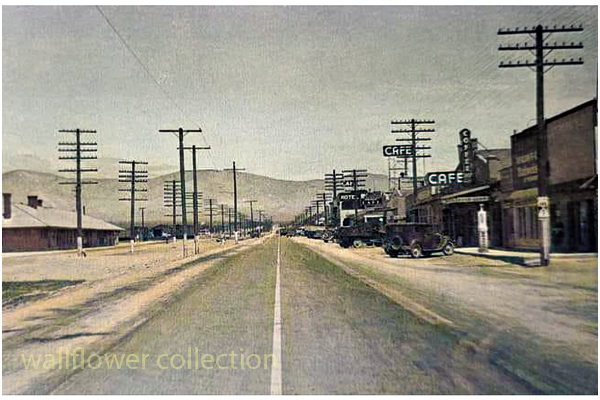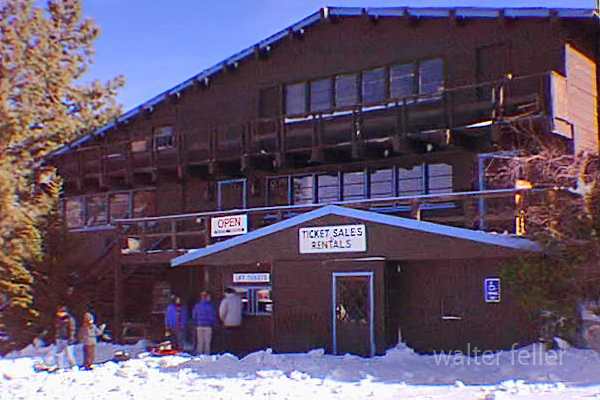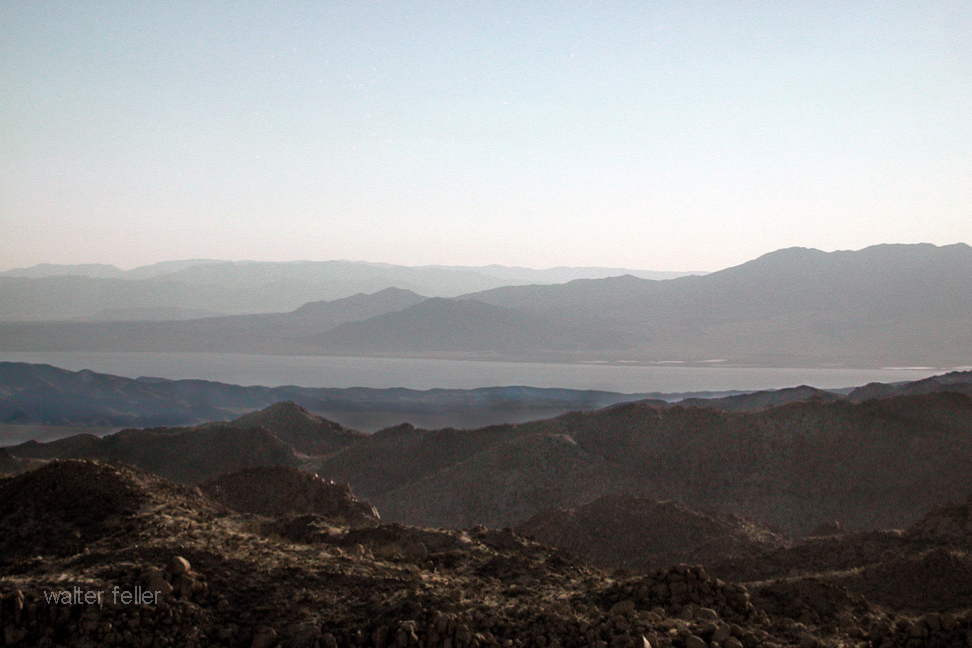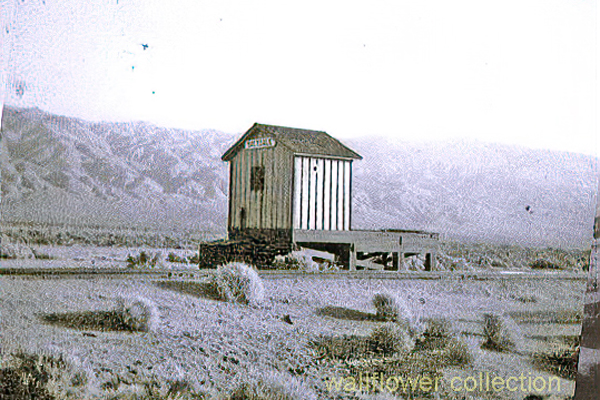/road-trail/

The Sierra Highway is a road in Southern California, United States, with a rich history. Here’s an overview:
- Early Beginnings: The history of the Sierra Highway can be traced back to the early 20th century. It was initially part of the state highway system established in 1910 under the State Route 4 designation. This route was part of the Midland Trail, a transcontinental route established in the early days of automobile travel.
- Ridge Route Connection: In the 1910s, the Sierra Highway was connected to the Ridge Route, a significant engineering achievement that connected Los Angeles to the San Joaquin Valley. This connection made the Sierra Highway a vital link in Southern California’s road network.
- U.S. Route 6: In 1937, the Sierra Highway became part of U.S. Route 6, a transcontinental highway that at one point stretched from Provincetown, Massachusetts, to Long Beach, California. This made it one of the longest highways in the United States.
- Changes and Decline in Importance: Completing the Interstate Highway System, particularly Interstate 5, led to a decline in the importance of the Sierra Highway as a major through route. Much of its role was supplanted by these newer, faster roadways.
- Modern Era: The Sierra Highway still exists today, but it functions more as a local road than a major thoroughfare. It passes through or near towns such as Santa Clarita, Palmdale, and Mojave, and it offers a scenic alternative to the faster interstate highways.
- Cultural Significance: Beyond its practical use, the Sierra Highway holds a place in California’s cultural and historical landscape. It represents an era of early automotive travel, the state’s infrastructure development, and Southern California’s growth.
The Sierra Highway, like many historic roads, tells a story of technological progress, changing transportation needs, and the development of communities along its path.







